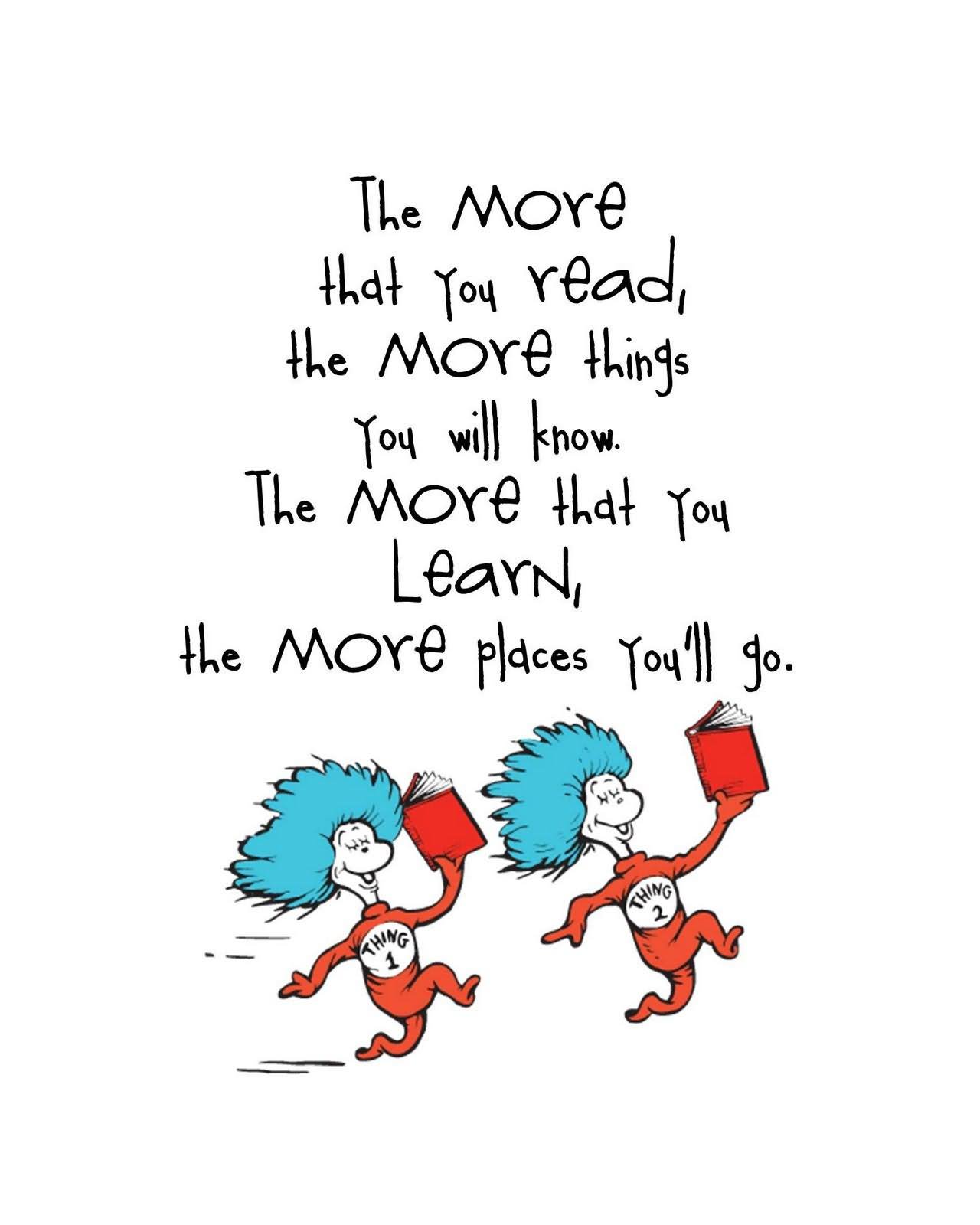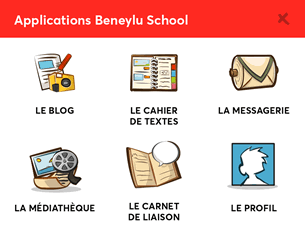10 ways to inspire your children to read
8 min. readingUs teachers all know that Dr. Seuss is right – reading more means you learn more and then you will go further in life!
It’s very easy for me to get excited about books. You can travel back in time or to exotic places you’ve only dreamed of, or you can become that heroic warrior that saves the day! What’s not to love?
Sadly for some children, reading is viewed as a boring chore and a good book often takes second place to the lure of the shiny screen. In this digital day and age, it can be difficult to engage children in reading and to sustain their enthusiasm, as they get older. Here are some tips that will encourage even the most reading-resistant child.
Read with passion and joy
It might be the hundredth time you’ve read Where The Wild Things Are out loud, but approaching it with the joy and enthusiasm a child has for a new story makes all the difference to them when they hear you reading it. If you read a story with all the vibrancy and colour of an Oscar-winning performance, it’ll be a guaranteed a hit and they’ll want to read it again and again.
Show that reading is useful
When you have a new task for the children to do, read the instructions together. This may be a new rota for keeping your classroom clean or details about a school trip to the museum. Whatever it is, read the words together and they will see how useful reading can be.
Other opportunities for useful reading can be during playtime. Integrate real reading materials by having an authentic restaurant menu in your imaginary café or the actual map for your local zoo for play-acting purposes.

Let children know what you are reading and why you love reading
Children will often mimic the behaviour of adults in their environment and you see the kids in your class for more waking hours than their parents! Maximise on this by being a reading model.
Be honest about why you read; perhaps it’s for relaxation, quiet ‘me’ time, or you like the creativity of building the pictures of the story in your mind. If you share your experiences, so will the children and they will soon view reading as a positive and rewarding thing to do.
Establish a routine and safe space for reading
If your classroom space will allow, have a dedicated reading nook with comfy cushions, good lighting and no other distractions. Building in set times to read into your timetable can set a lesson off with the right intention or can calm down a class after some rowdy play time.
Be creative with your storytelling and comprehension activities
A great way to bring reading alive is to create imaginative literacy projects based on the books your children read in class. These can involve you reading a story aloud whilst the children draw what they hear to create a giant version of the book with their own illustrations. They can then take turns writing in the text underneath their artwork.
Another idea is for the children to read the beginning of a story and work together to continue it on. They must discuss what they think the characters will do next and where the story might go before they come up with the ending – a very fruitful activity that includes everyone!

Set up a Reading Buddy scheme
There are many versions of this kind of programme with lots of fantastic results widely reported. If this isn’t already running at your school – get one going! Reading to someone else can really boost a young learner’s confidence in reading and give the support needed to improve.
One-to-one attention can make reading all the more enjoyable, as there is personal validation and praise. This works well with volunteers from local businesses who want to give back to society or parents who are very active within the school community. An older reading buddy from another class would be perfect as a reading mentor too.
Make books available in every classroom
It doesn’t matter if you teach Maths or Science or French, there are so many books covering your topic that you can have in your classroom. Children enjoy reading about their favourite subject and this is often a very good way to engage a disillusioned young reader. Is your class obsessed with bugs or space? Get some books into your classroom on those topics!
Even the Physical Education department can have some books on activities such as football, athletics or swimming to entice sports-mad children to read. And making sure to introduce new books throughout the year will ensure children don’t get bored of the same library catalogue.

Change-up the boring book report
Host regular discussions rather than end of book reports that are dull as dishwater for the writer and for the teacher marking them! Encourage individuality by ditching the worksheet and have them select a book they have read and prepare to talk about character, genre, themes and so forth at a book club-style discussion group.
You will find that the children are so much more engaged because they have had a choice about what they are speaking about. They learn to voice their opinions about a book as well as learn about other books they may not have come across.
Hold a fun reading photo competition
Where’s the wackiest place you can be pictured reading? Is it upside down on a rollercoaster or riding a llama in Peru? Challenge your children to get creative with their reading and they will soon want to read anywhere and everywhere! The winning prize can be a book voucher and the winner can present one of the books they bought and read in assembly.
Take the time to teach children how to find the right book for them
The ‘Goldilocks zone’ of books can be elusive for many children. Often young readers pick books that are too easy which leads to boredom because they are not being challenged. There are those who tend to choose books that are too difficult because they want to seem more sophisticated! These children may then avoid reading altogether because attempting a book that’s beyond them has sapped them of confidence.
You can prevent this from happening by setting them off on the right path from the start. Ways to do this include levelling your books with colour-coded stickers or teaching tips such as the ‘five finger rule’ (open a book to the second page and if there are more than five words on that page that you don’t understand, that book may be too difficult).










